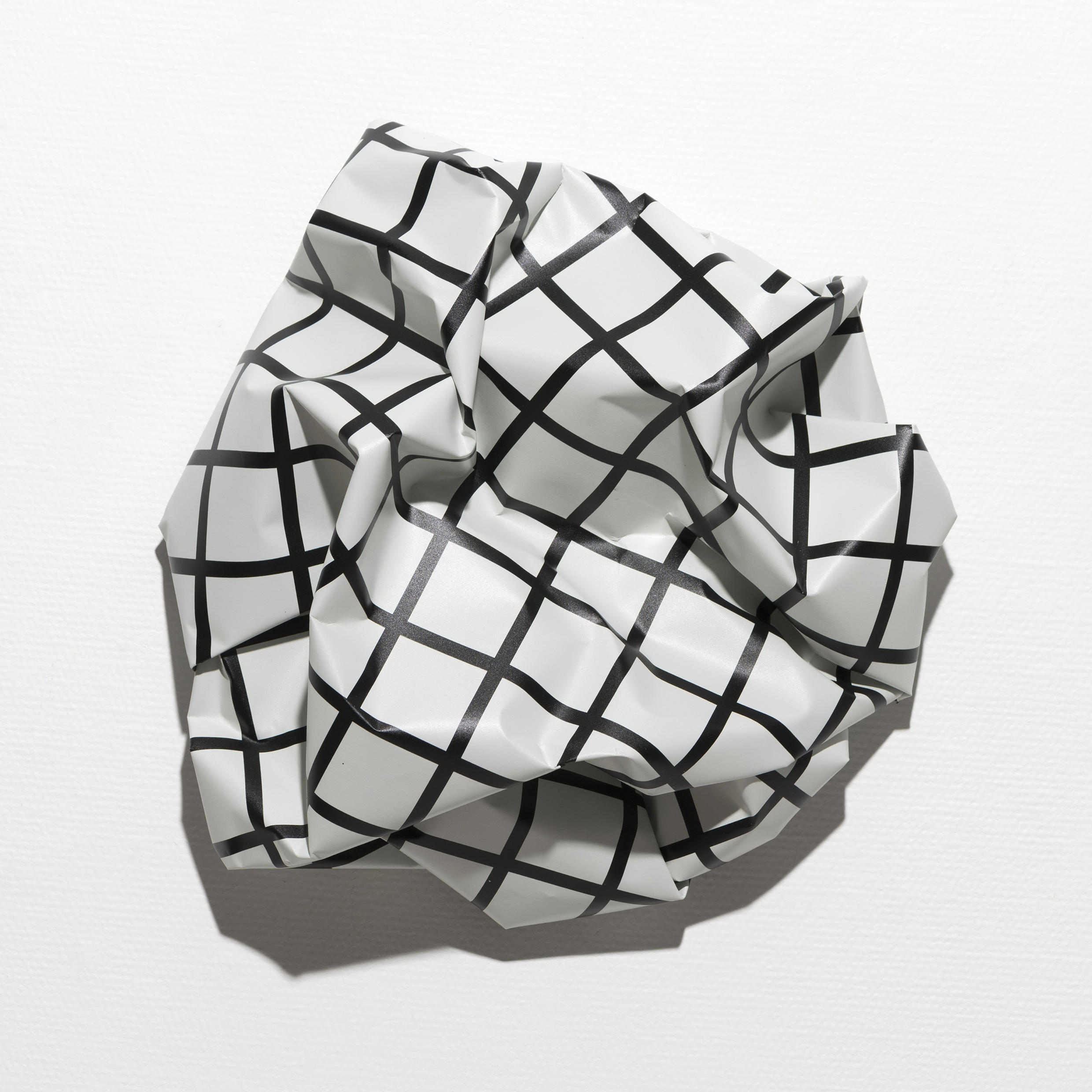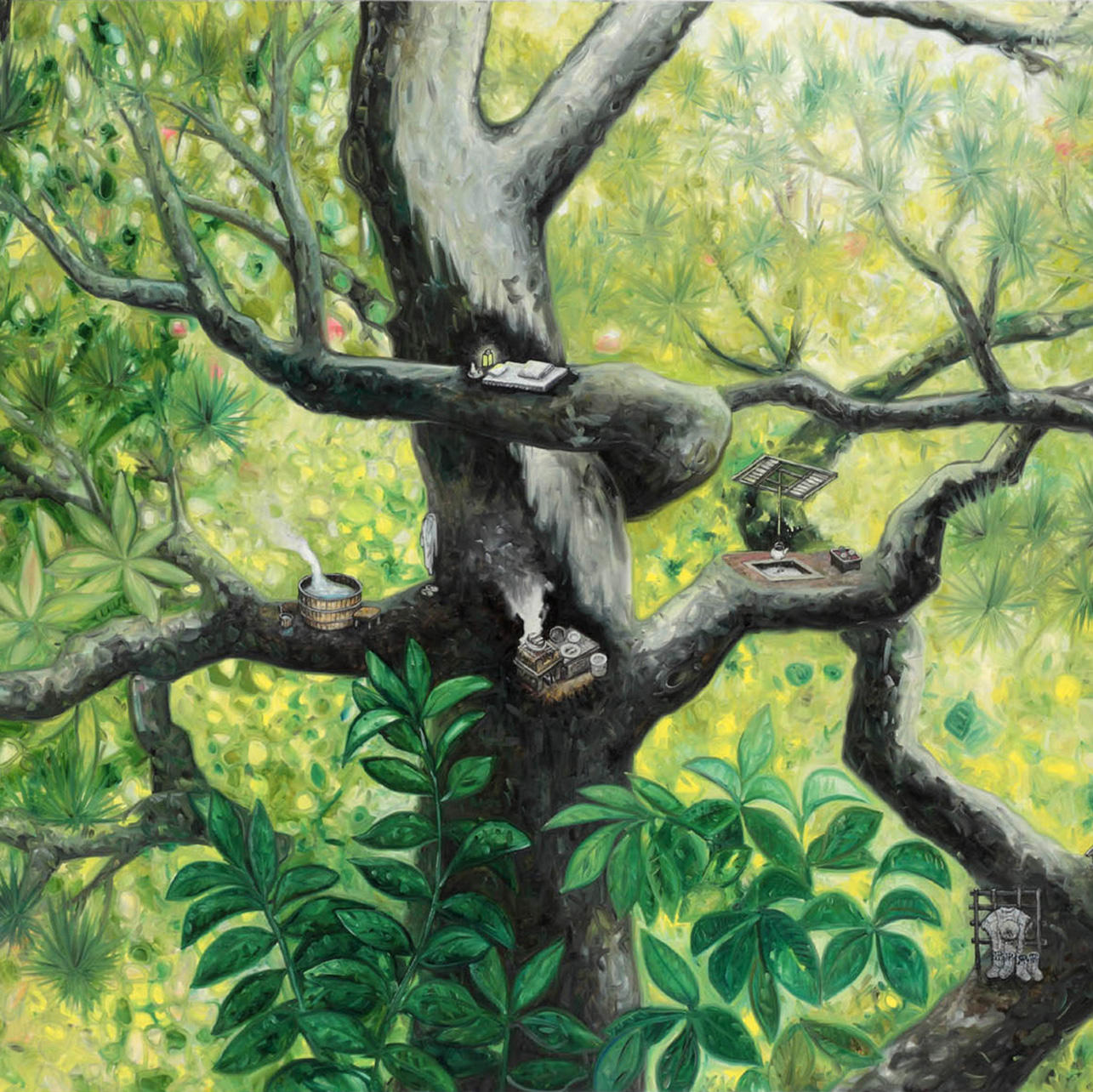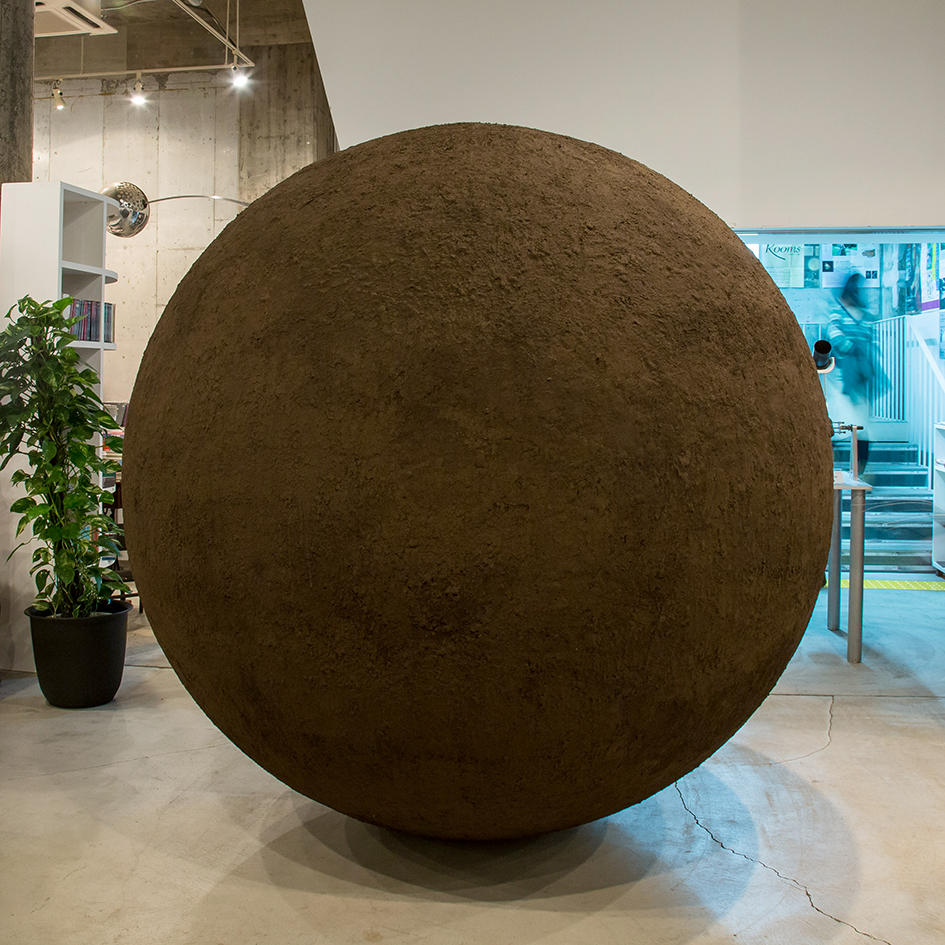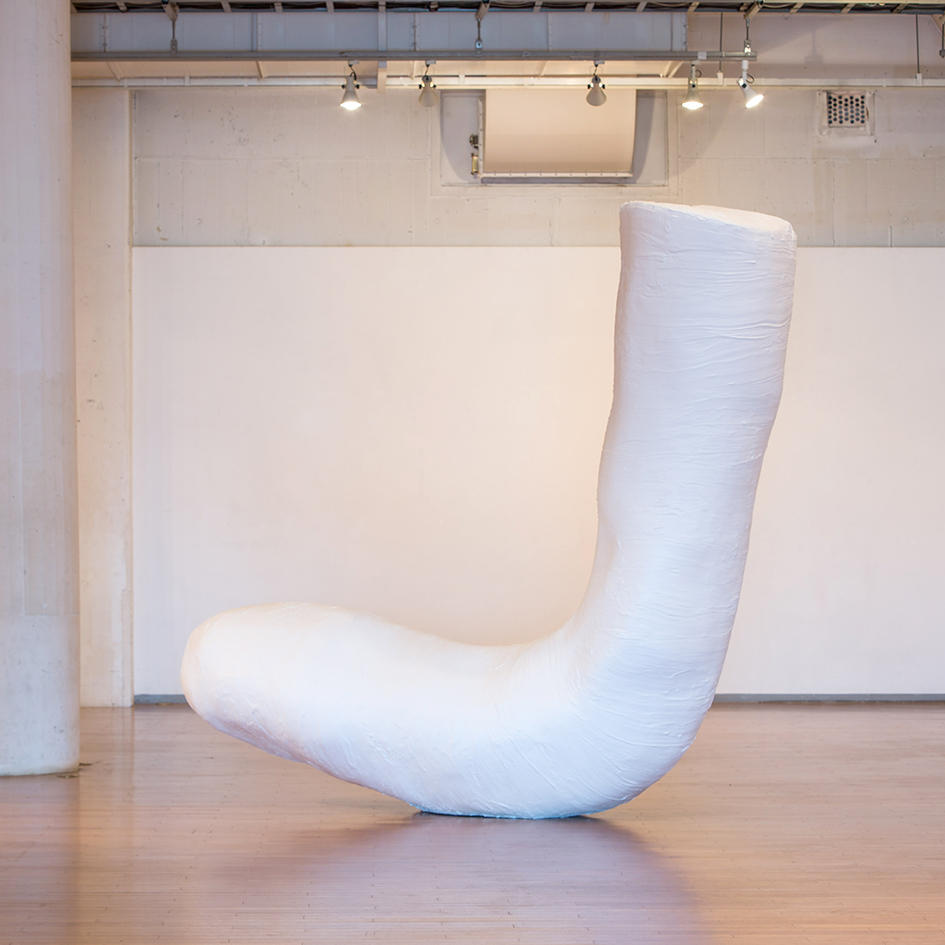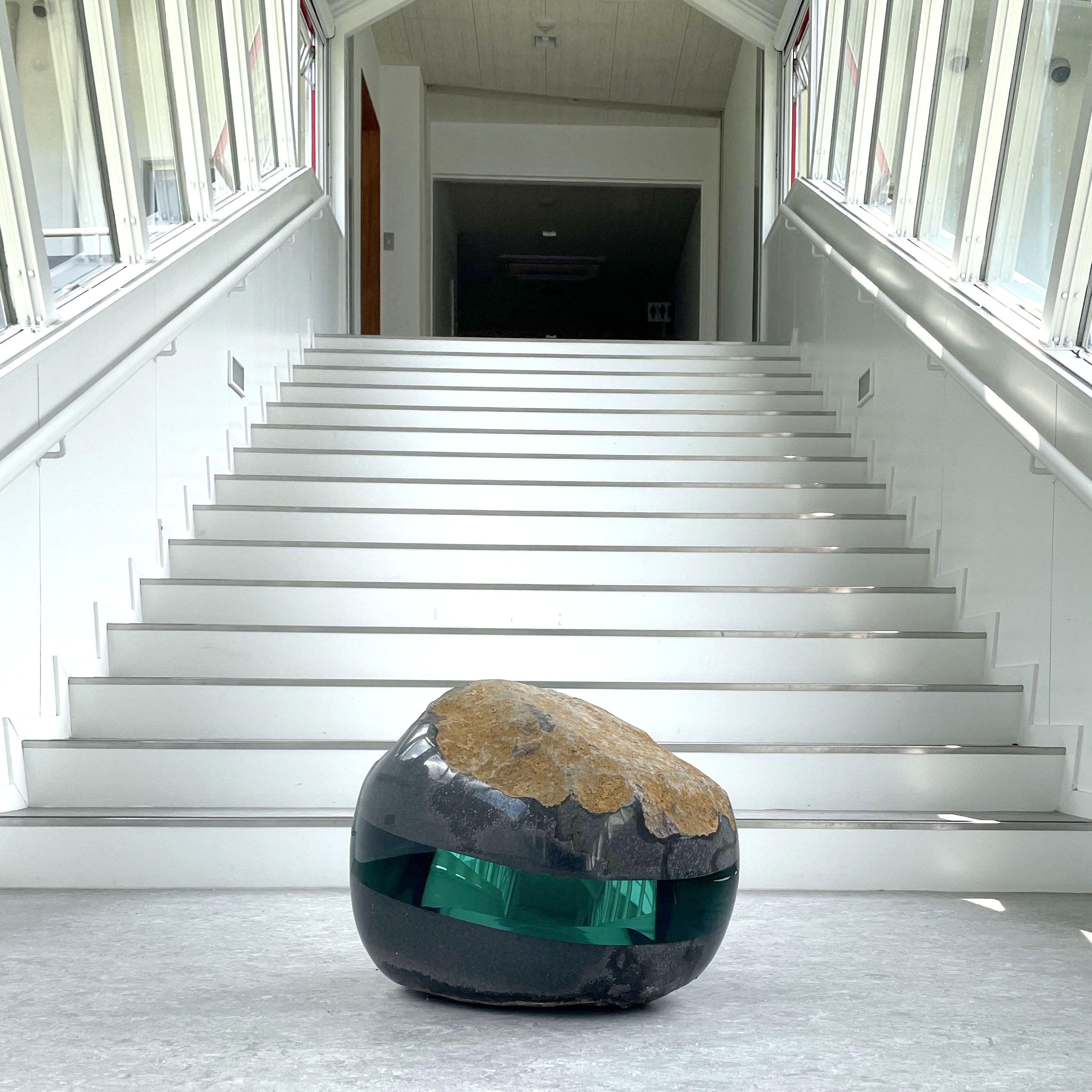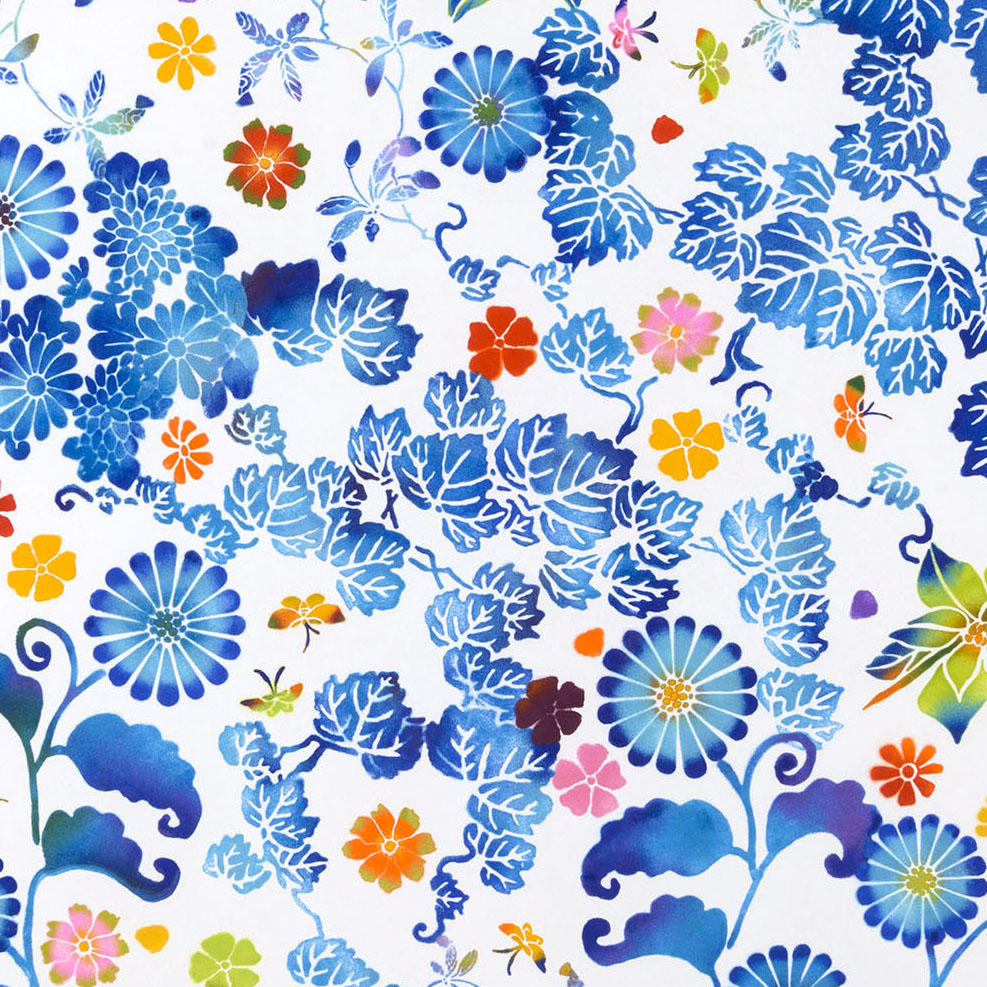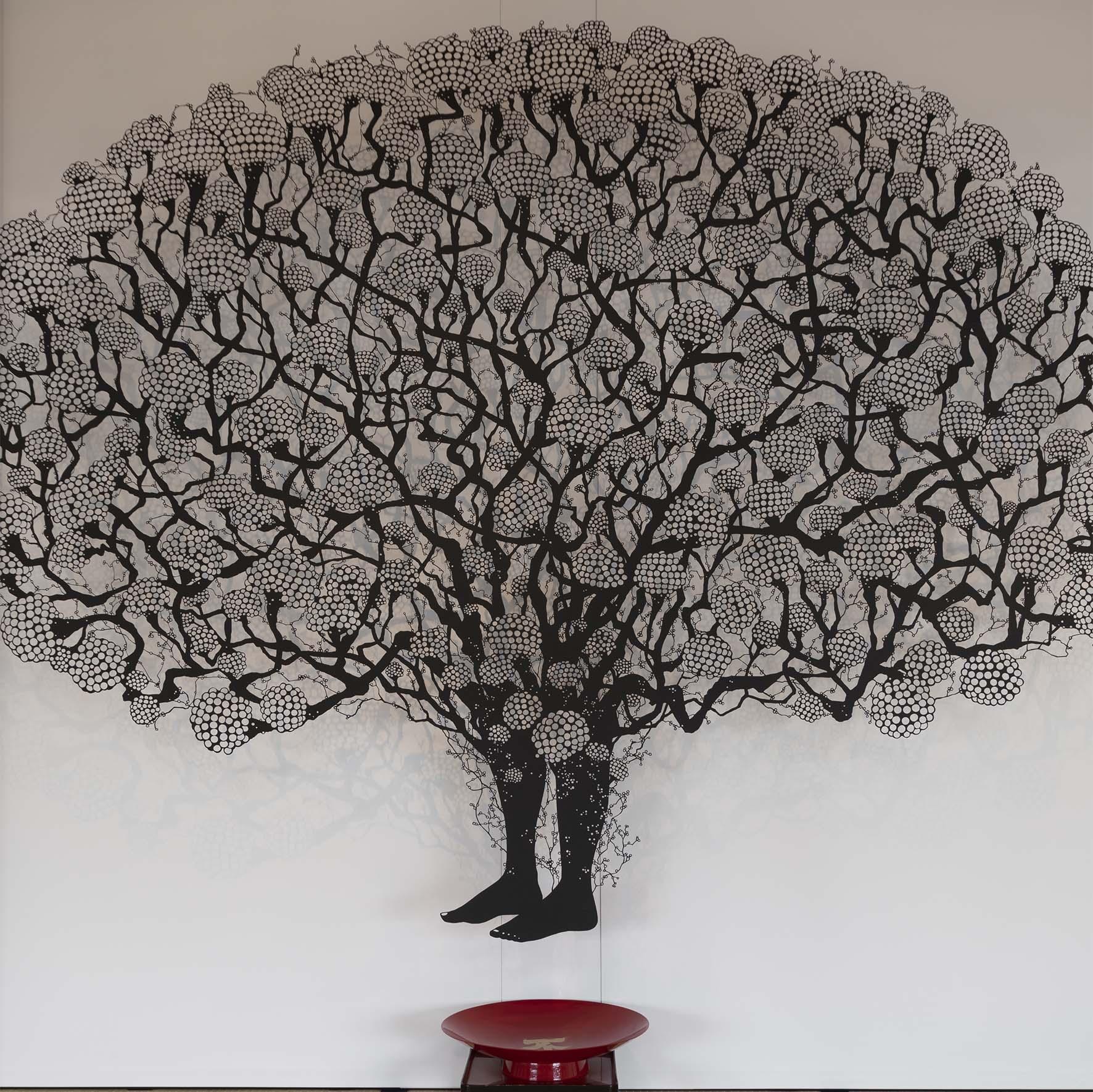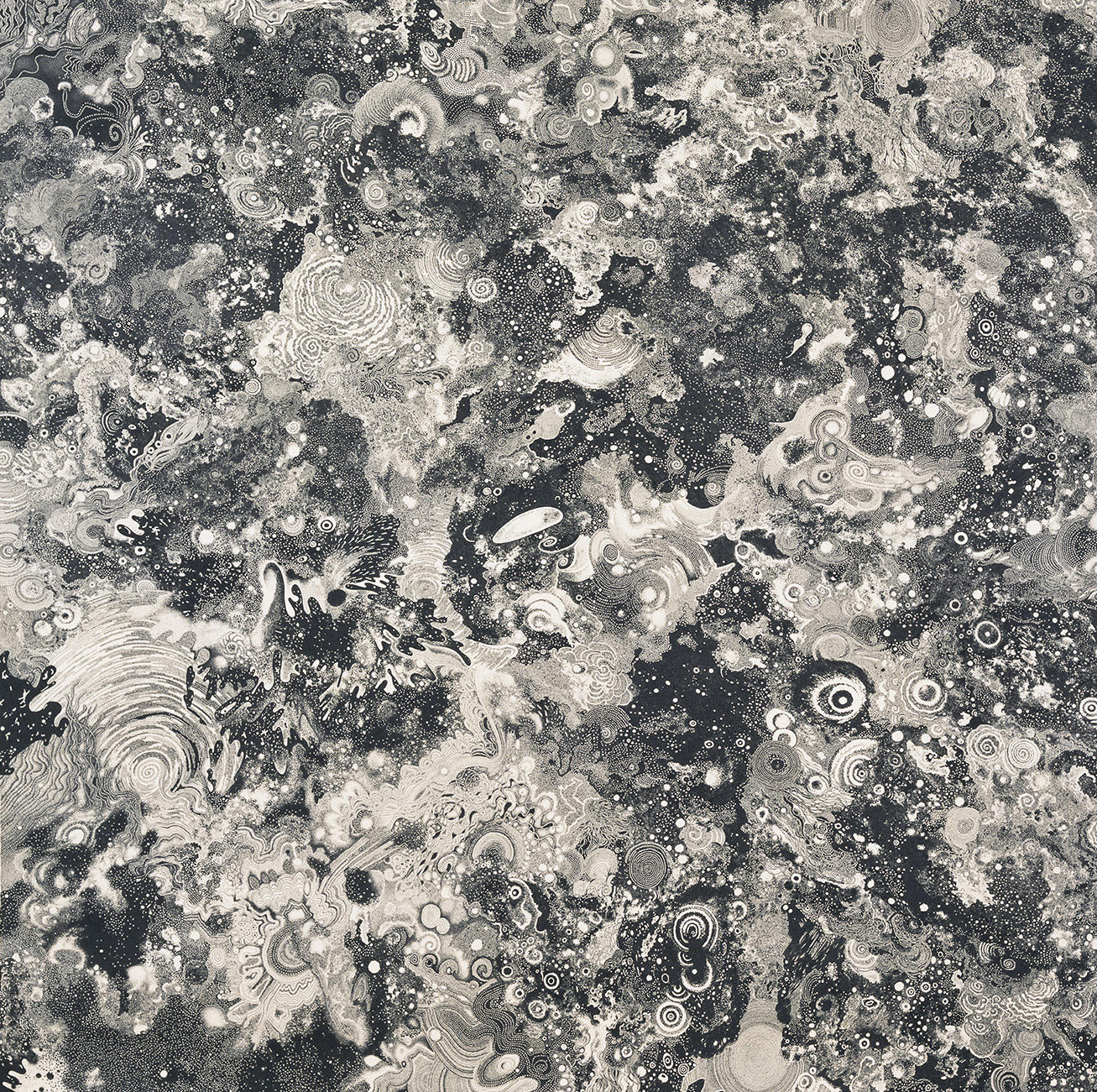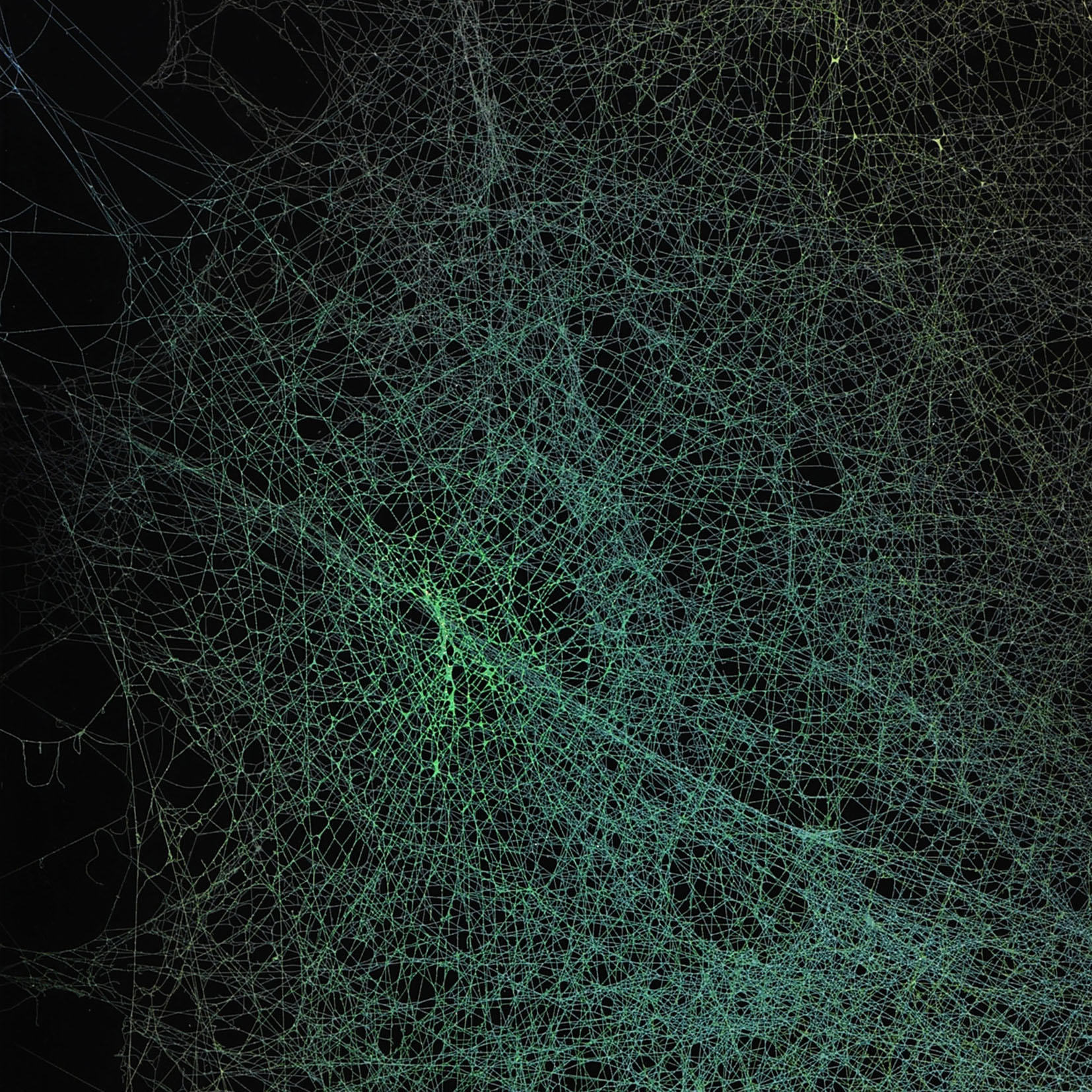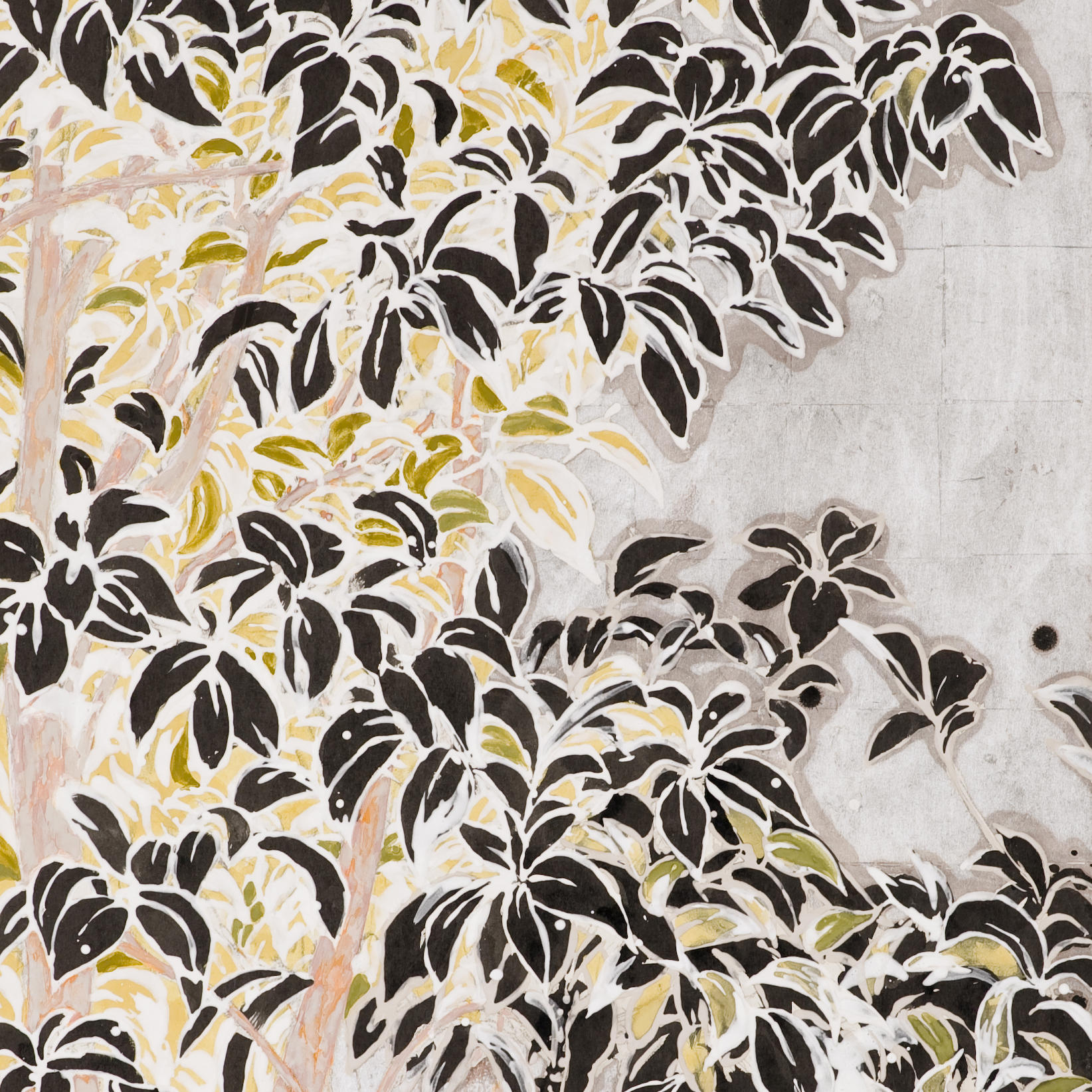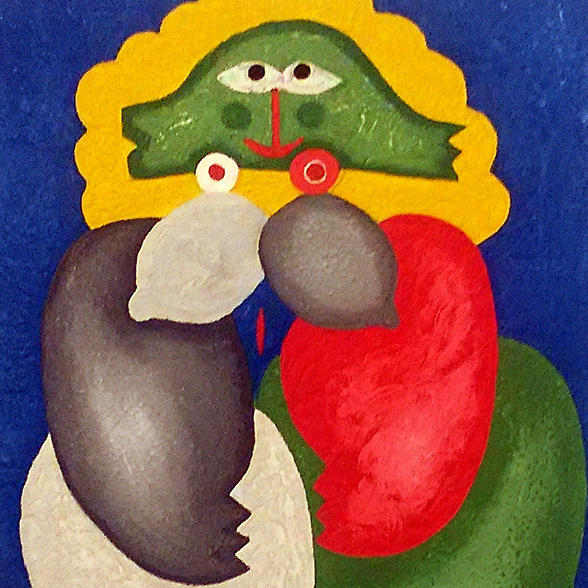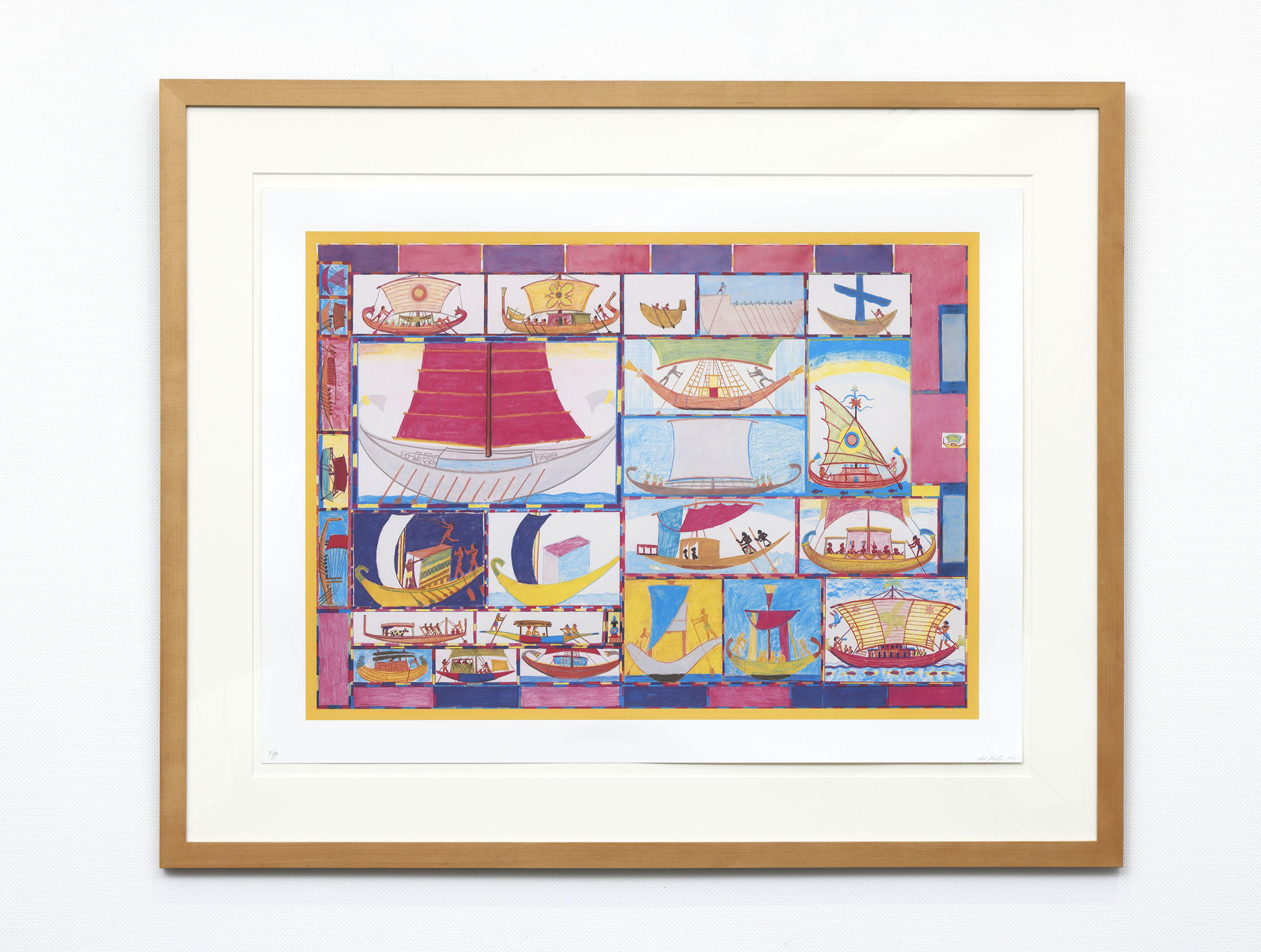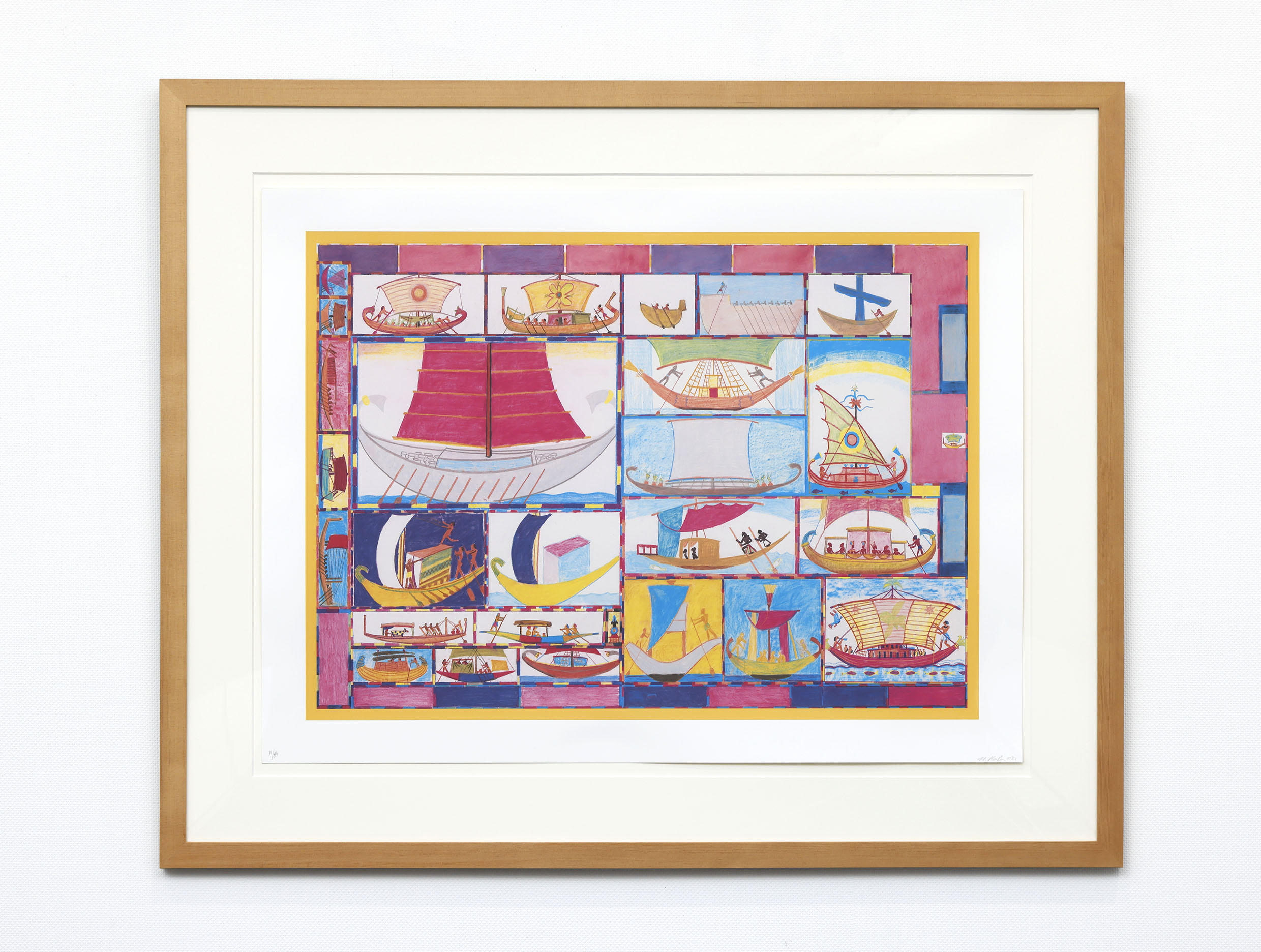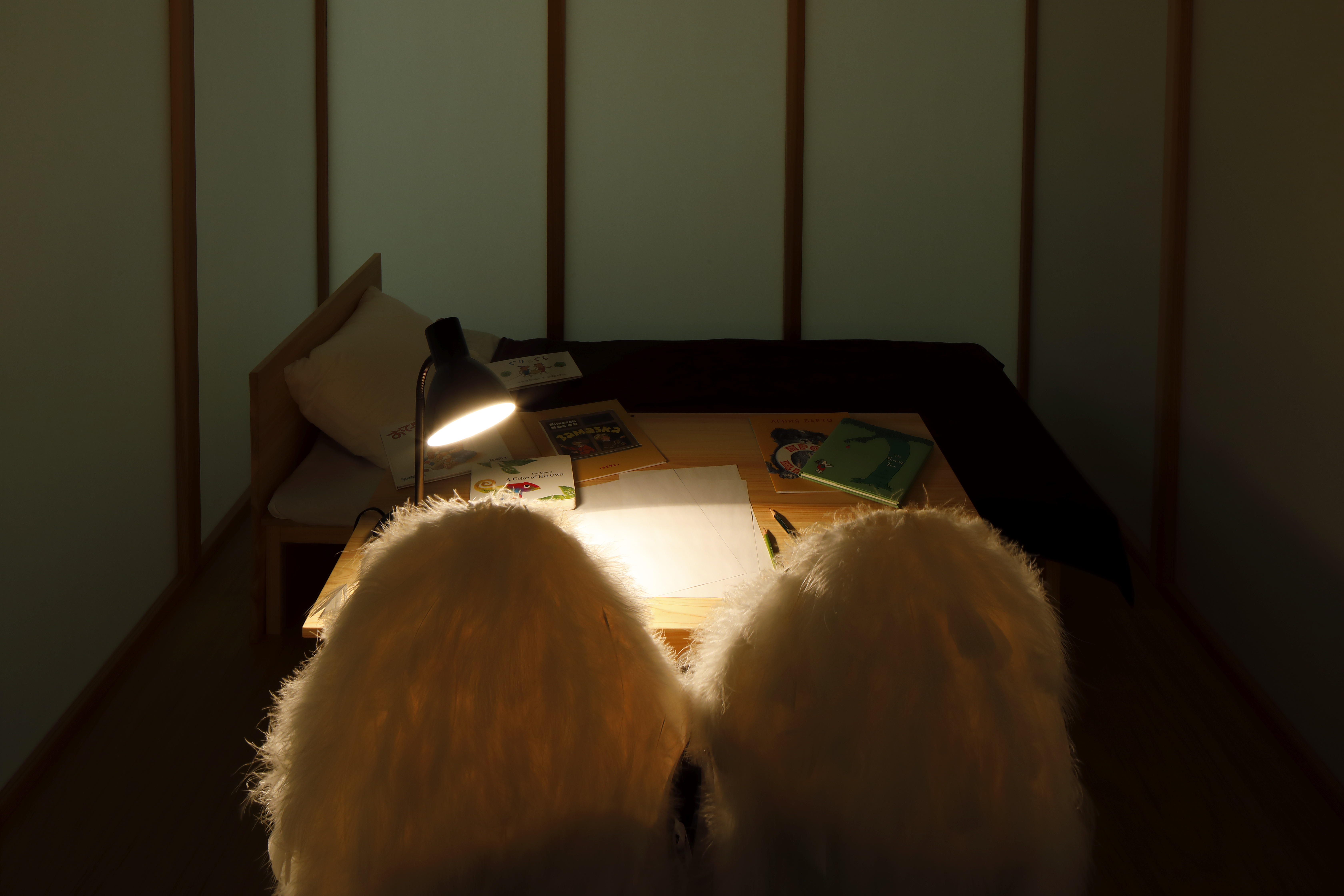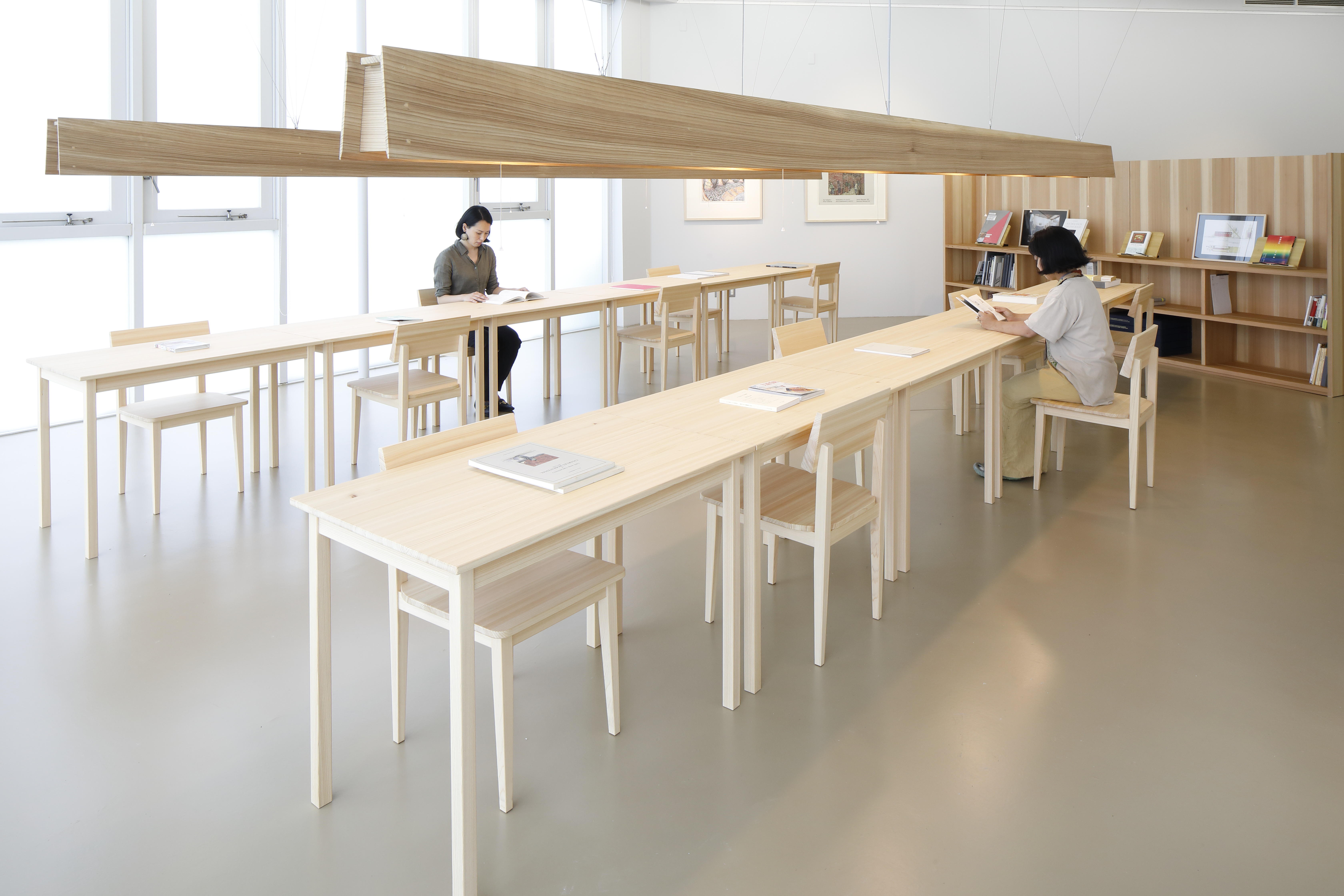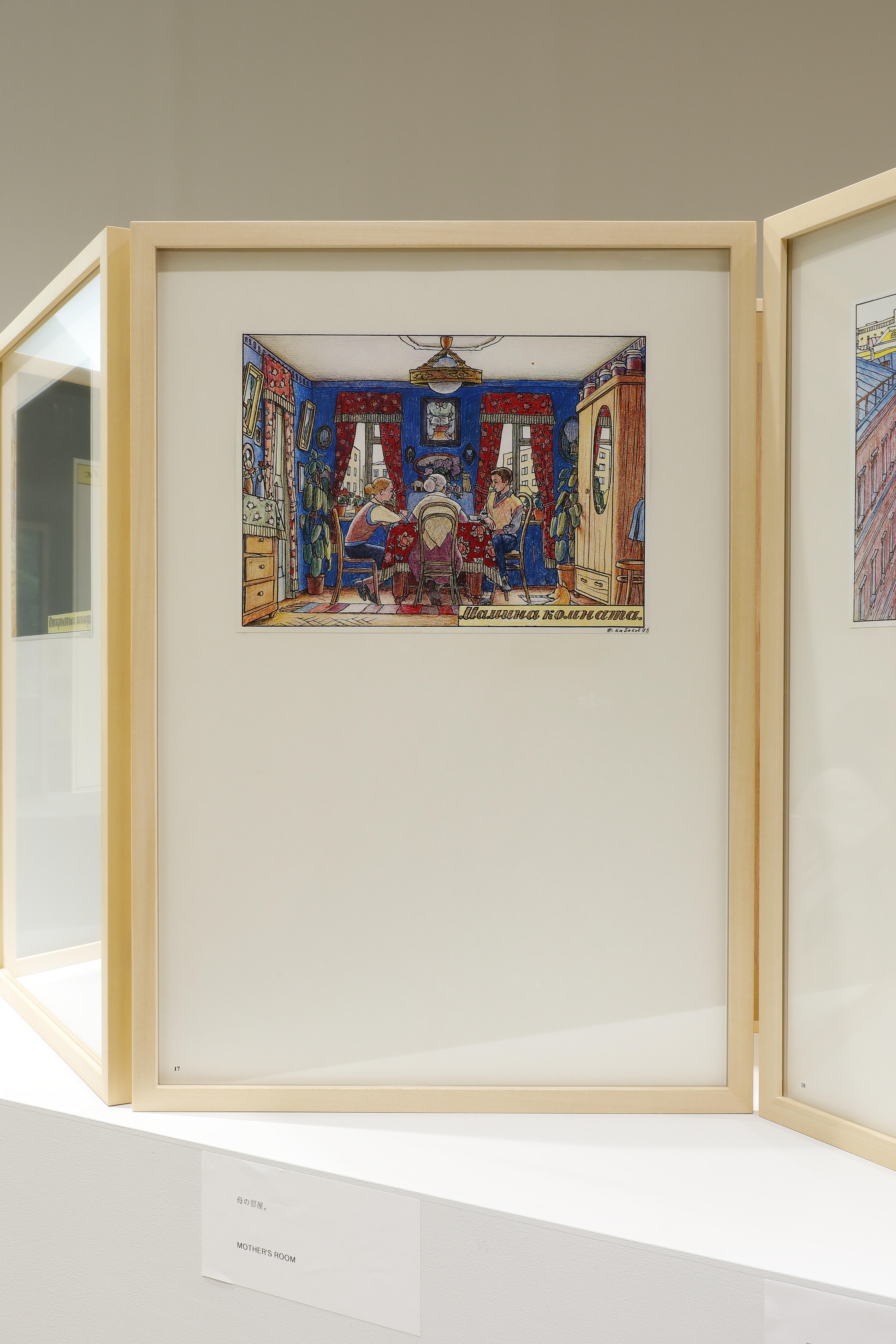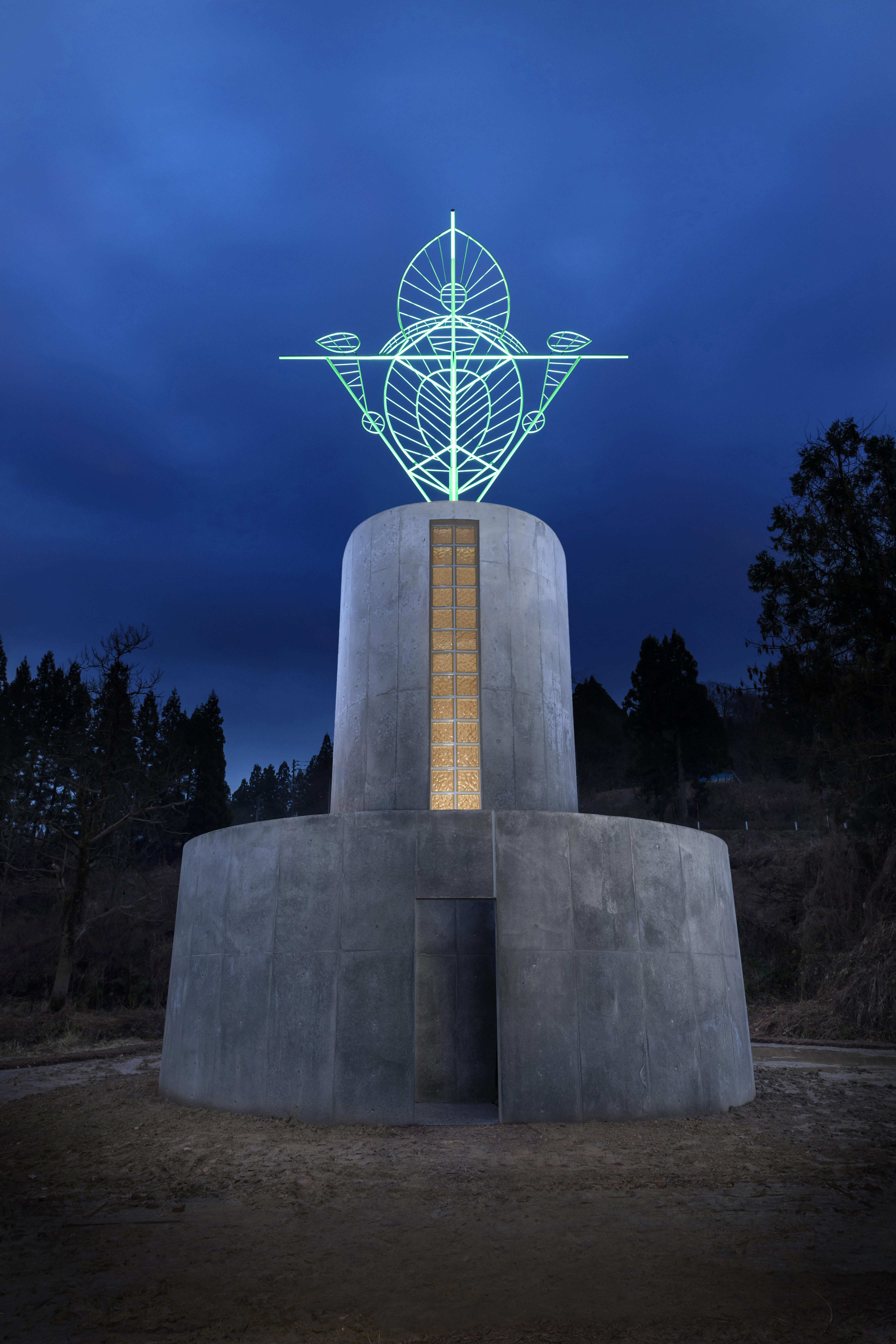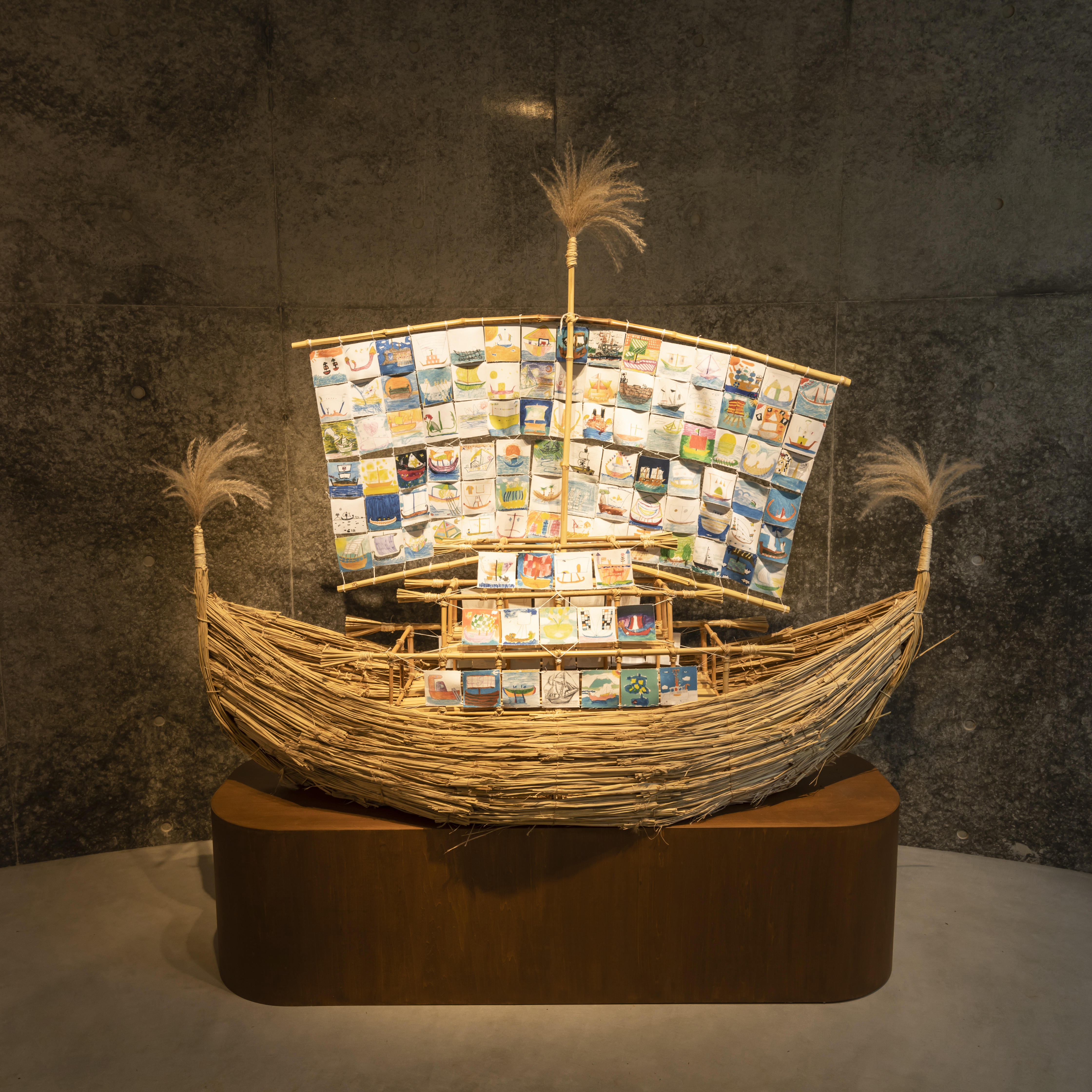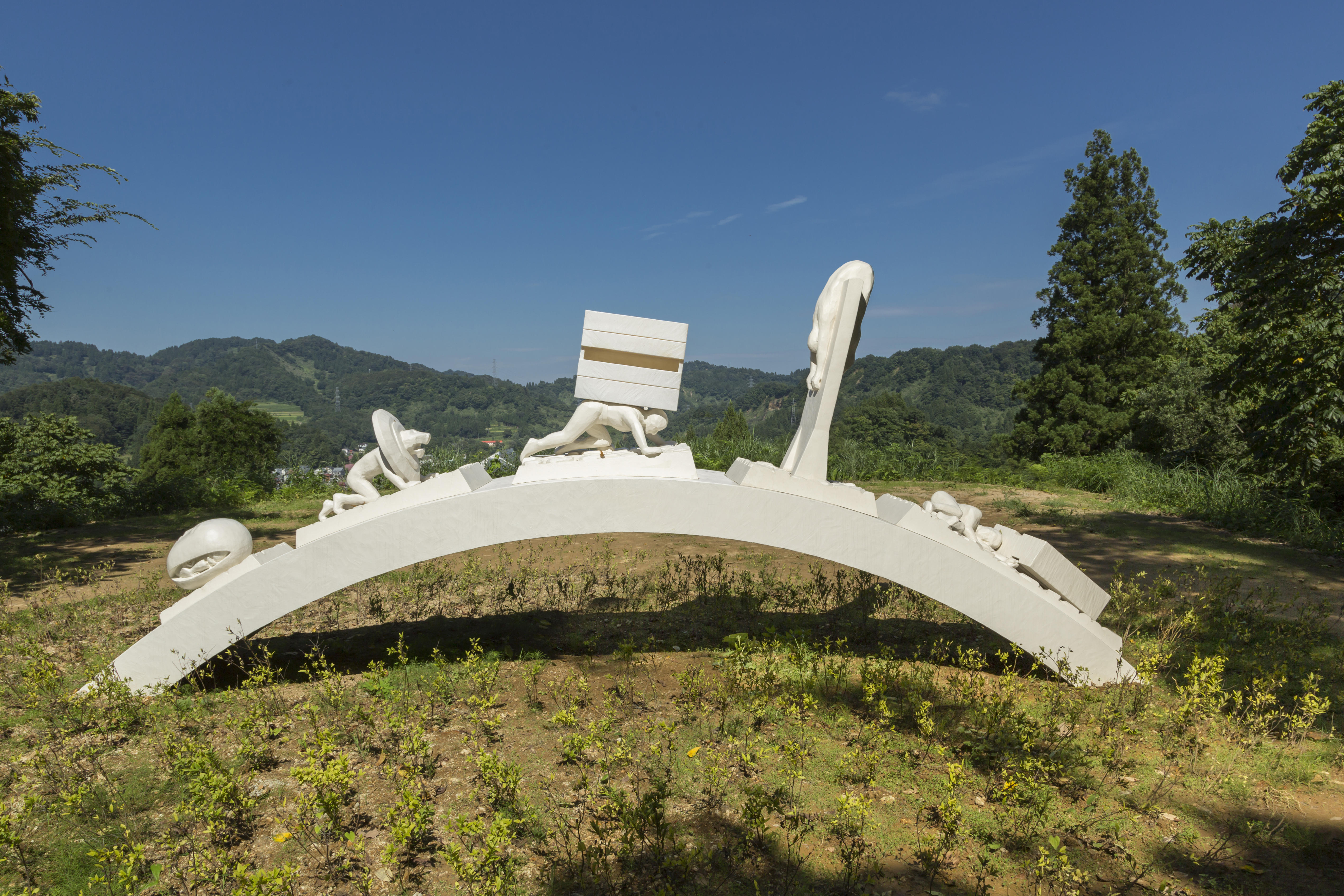Collections of Echigo-Tsumari Art Triennale 2022

Ilya & Emilia Kabakov 1933-, 1945-
Ilya & Emilia Kabakov 1933-, 1945-
Ilya was born in 1933 in the former Soviet Union (now Ukraine). Emilia was born in 1945 in the former Soviet Union (now Ukraine). Reside in New York.
In the 1950s-80s, under the cultural control enforced by the Soviet Unionregime, Ilya worked officially as an illustrator for children's books, but also engaged in unofficial artistic activities. After moving his base to abroad in the midst of 1980s, he has presented dreams and memories of people through replicating Soviet-like space called "Total Installation". In 1988, he began collaborating with Emilia. In Japan, in addition to many solo exhibitions, the Kabakovs have had a close relationship with Echigo-Tsumari from the frst edition in 2000. They created "The Rice Field" (2000), "The Arch of Life" (2015), and "The Monument of Tolerance"(2021), "The Ship of Tolerance"(2021), etc., as permenant instalations in Echigo-Tsumari.
ArtworkPlease click the thumbnail for zoom
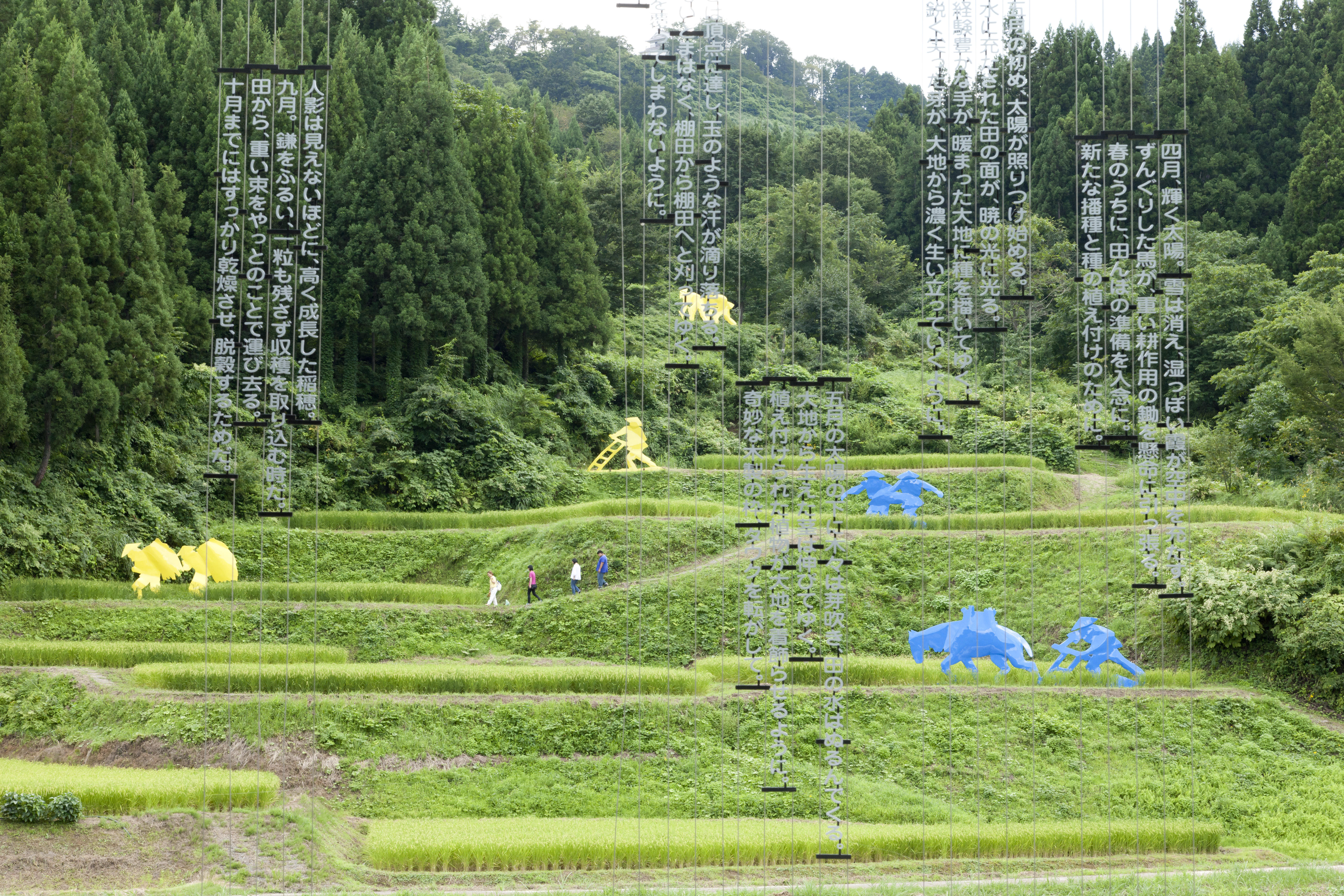
"The Rice Fields" 2000
This work combines poetry, landscape and sculpture. The poetry describes the traditional agriculture, and sculptures of traditional rice farmers are placed on the opposite bank. Seen from the viewing platform in NOHBUTAI, text and sculpture seem to form a single painting.
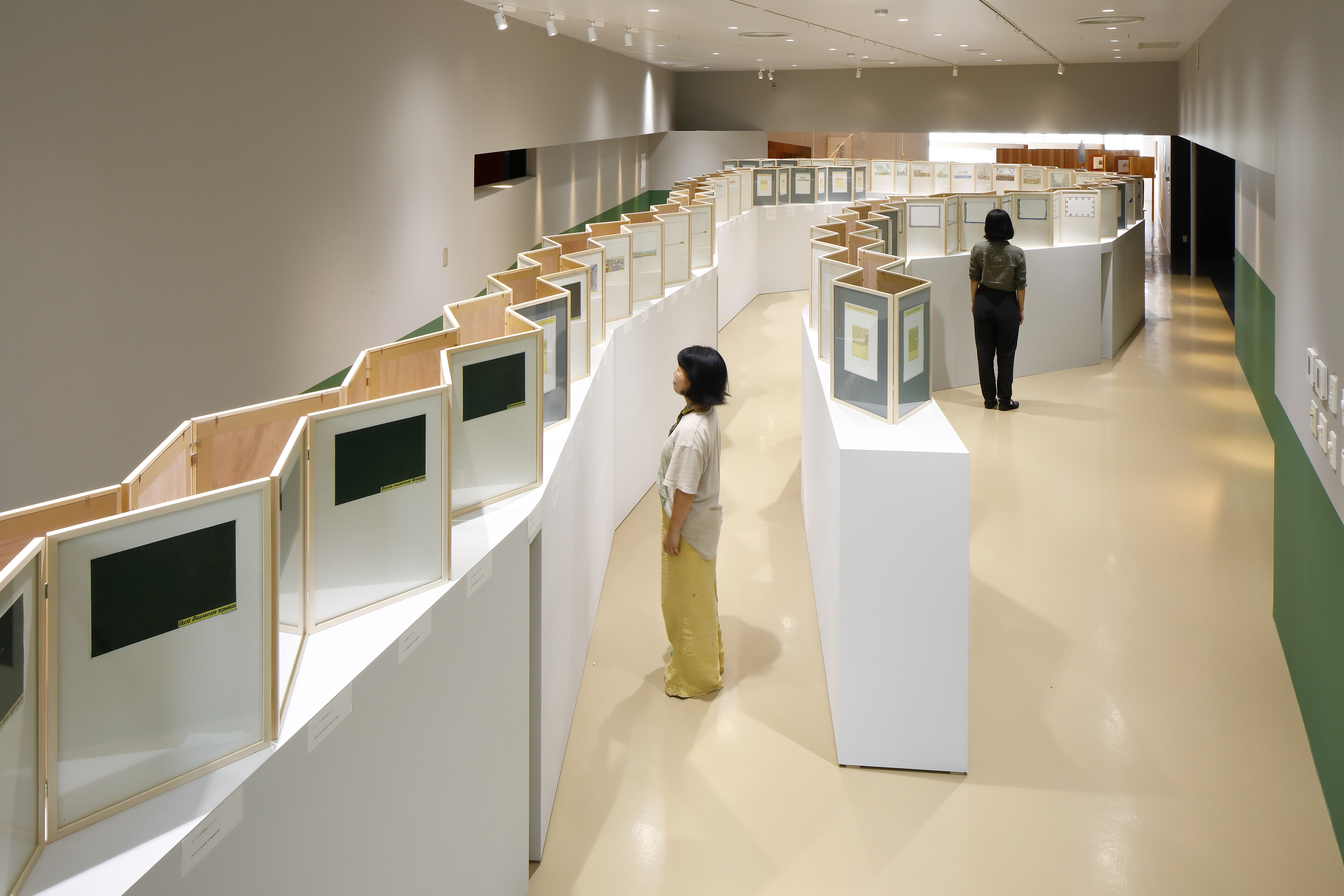
"10 Albums, Labyrinth" 2021
Albums featuring stories and drawings of ten dreamers are placed on pedestals in the shape of a labyrinth. Created between 1970 and 1974, during the former Soviet Union era, the labyrinth absorbs viewers into a world of stories.
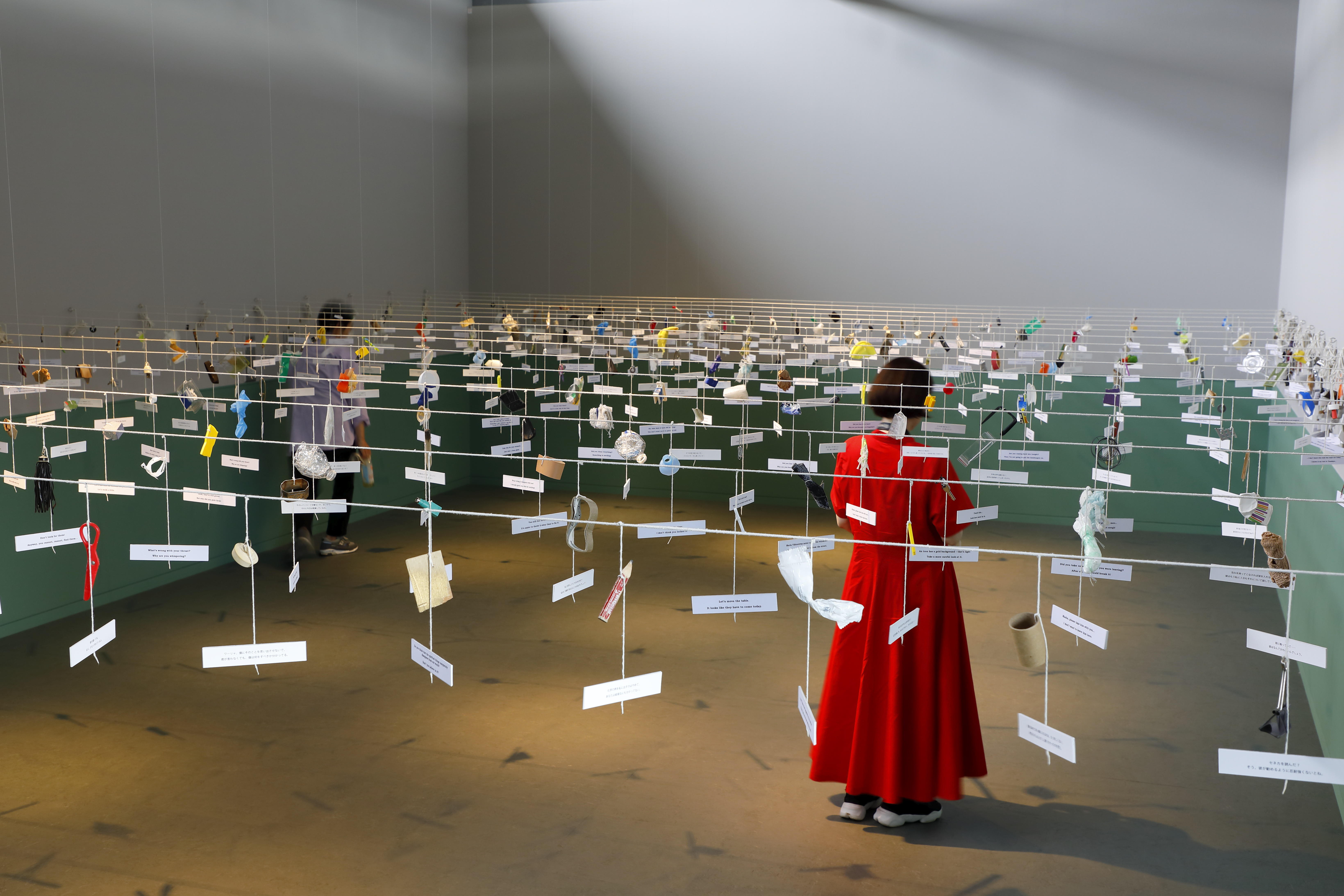
"16 Ropes" 2021, photo by Kioku Keizo
This installation is one of the Kabakov’s masterpieces which has been re-created from time to time since 1984.
208 of “garbage” fragments such as pices of paper and tree barks with written texts are hanging on the sixteen ropes streaching across above head. The texts consist of conversations on nature, child, health, house chores and love.
“The lilac is blooming beautifully!
We must bring it home.”
“Is there anywhere to go tonight?
Everything is so boring, I don’t know what to do.”
“I don’t know what happened to the weather.
Please, put on the coat with the hood.”
“Come home earlier today.
You can help me paint the door.”
“If you will eat the soup, I will heat it… Just go and wash your hands. ”
“Why did you go in the mud?
Who will wash this for you?”
“We had such a good time.
Why didn’t you come in the evening?”
“When will you come home?
Masha is almost grown up. ”
“Do you love me?
Then go and buy the bread…”
“You’ll be leaving soon.
Look, everyone has left.”
The artist describes these phrases as “non-individualised speech which could belong to “each and every person”. In the Soviet era, Ilya Kabakov started to record voices of people in order to remember the society and people living in such society he belonged. This artwork reflects the artist’s desire to remember everyday life, emotion and life of every single person.
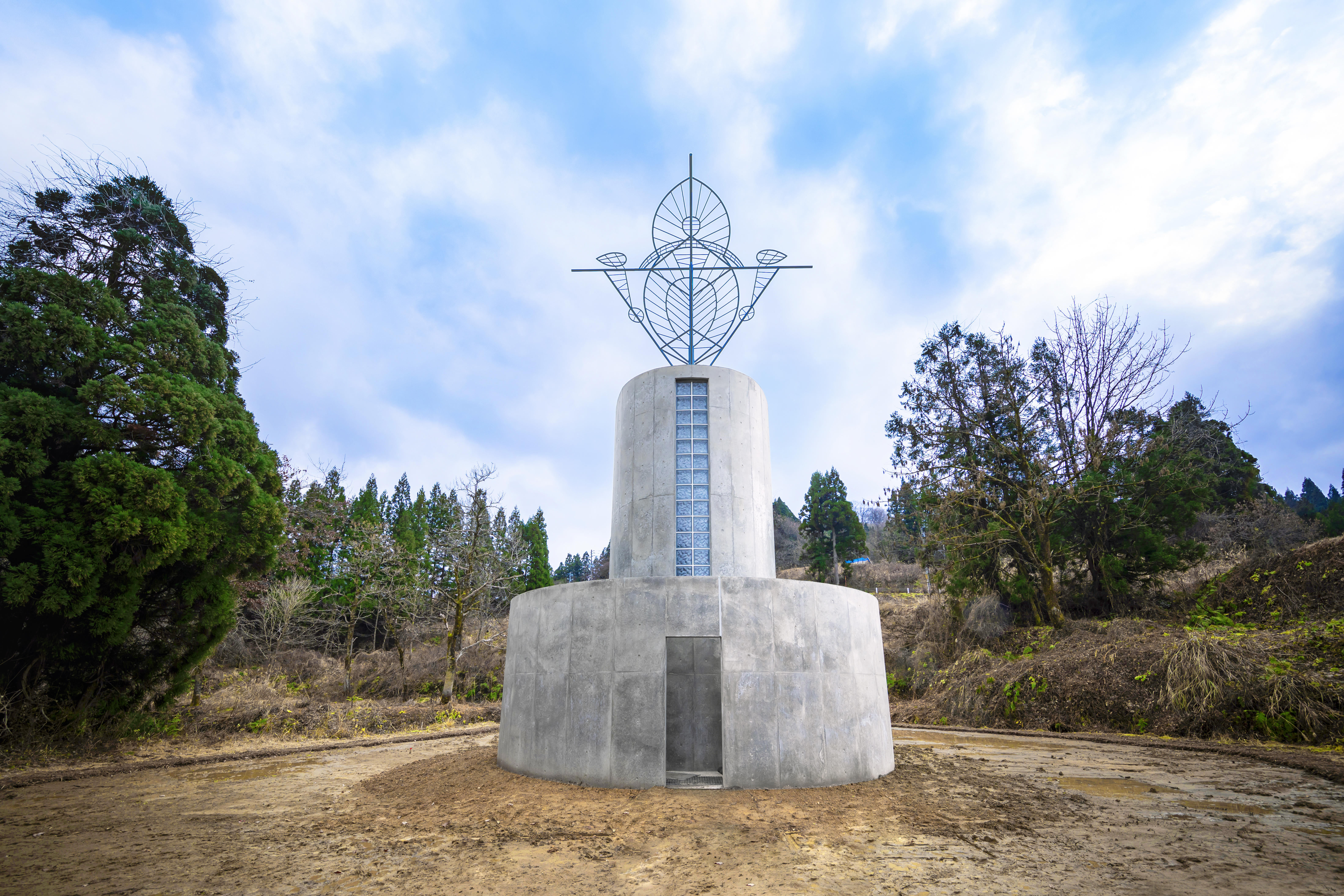
"The Monument of Tolerance" 2021, photo by Osamu Nakamura
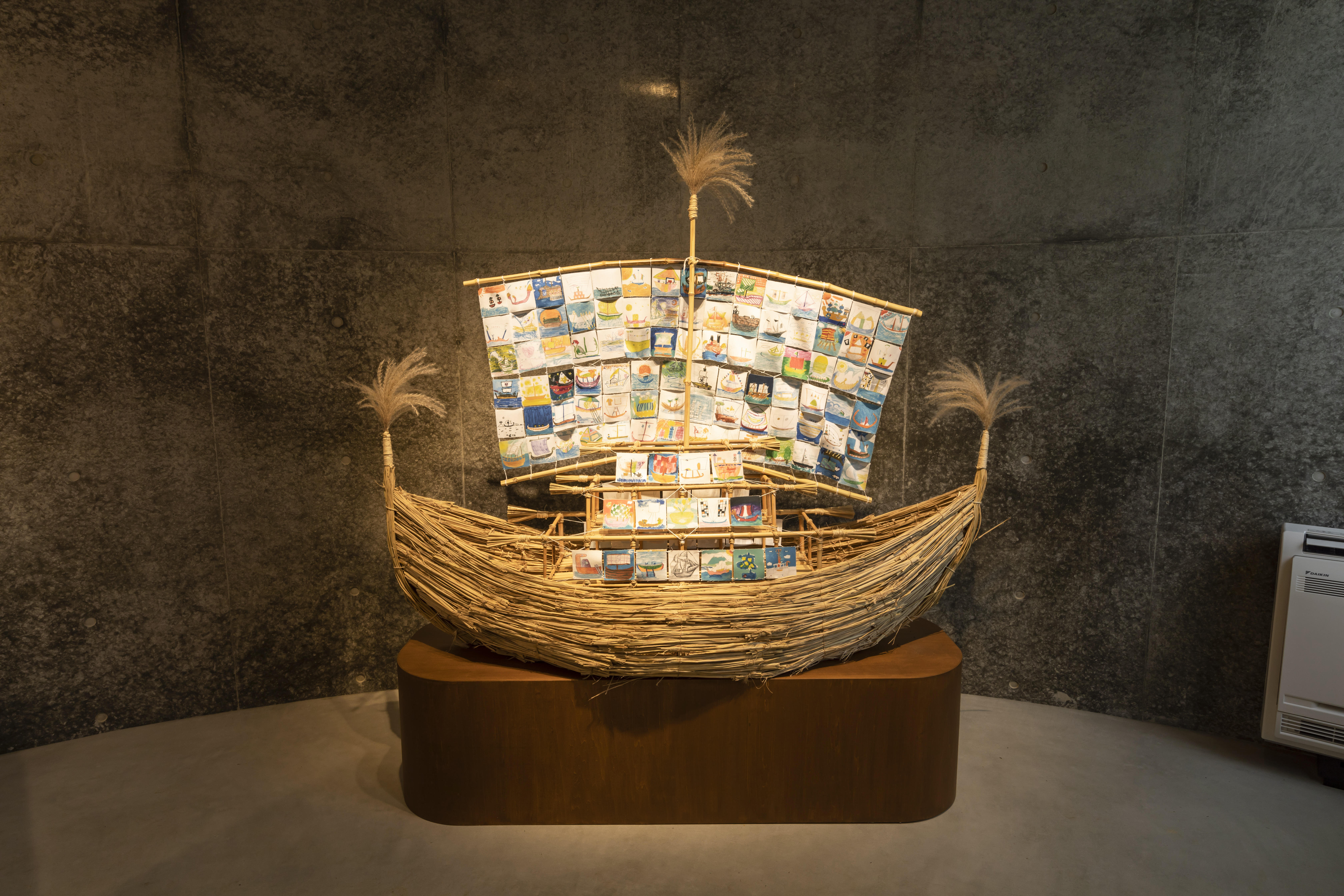
"The Ship of Tolerance" 2021, photo by Osamu Nakamura
On the ship designed by Kabakov, he will create sails by combining drawings by children from all over the world. This time, a model of the ship will be exhibited.
The sails of the ship in this project are stitched together from drawings made by hundreds of elementary school children from different ethnic and social backgrounds in different countries to convey a message of tolerance and hope. By participating in the creation of this ship, the children will learn to respect different cultures and ways of thinking, and to appreciate their differences. The program has been held 11 times in Egypt, Italy, Switzerland, the United Arab Emirates, the United States, Cuba, and Russia. (From the official website of “The Ship of Torelance”)
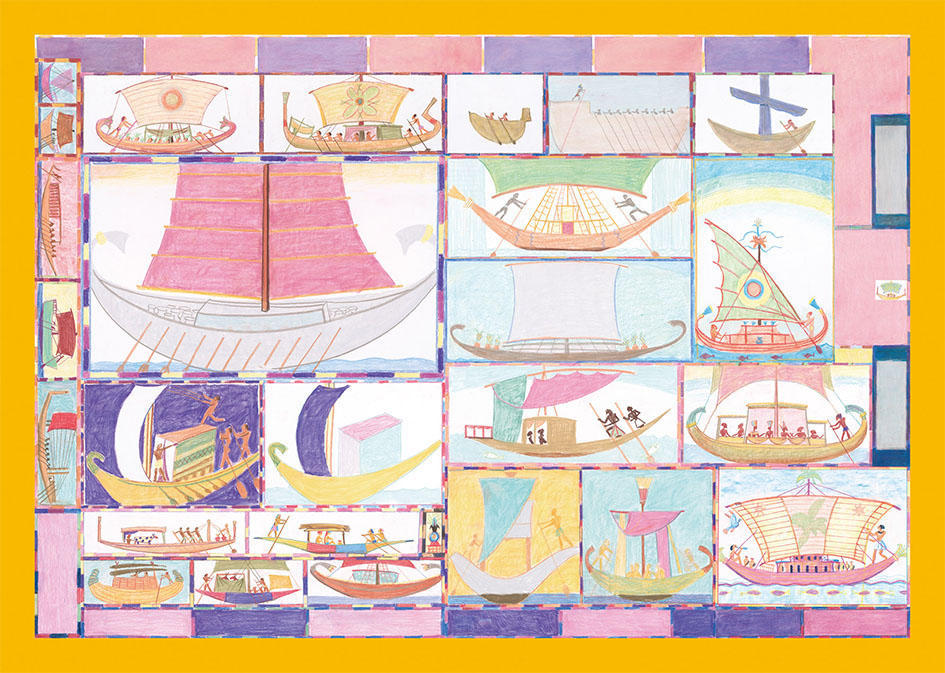
"Ship of Tolerance" 2021, Giclée print
Other artists in the “Collections”
